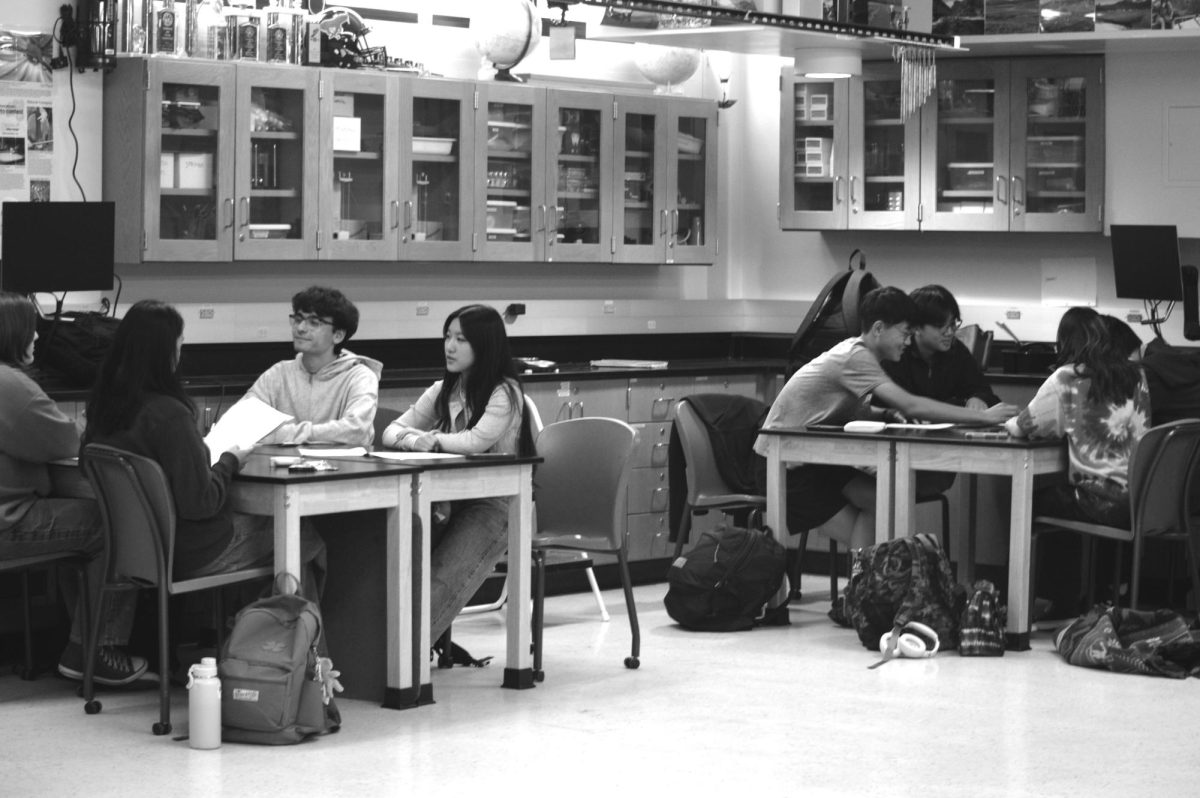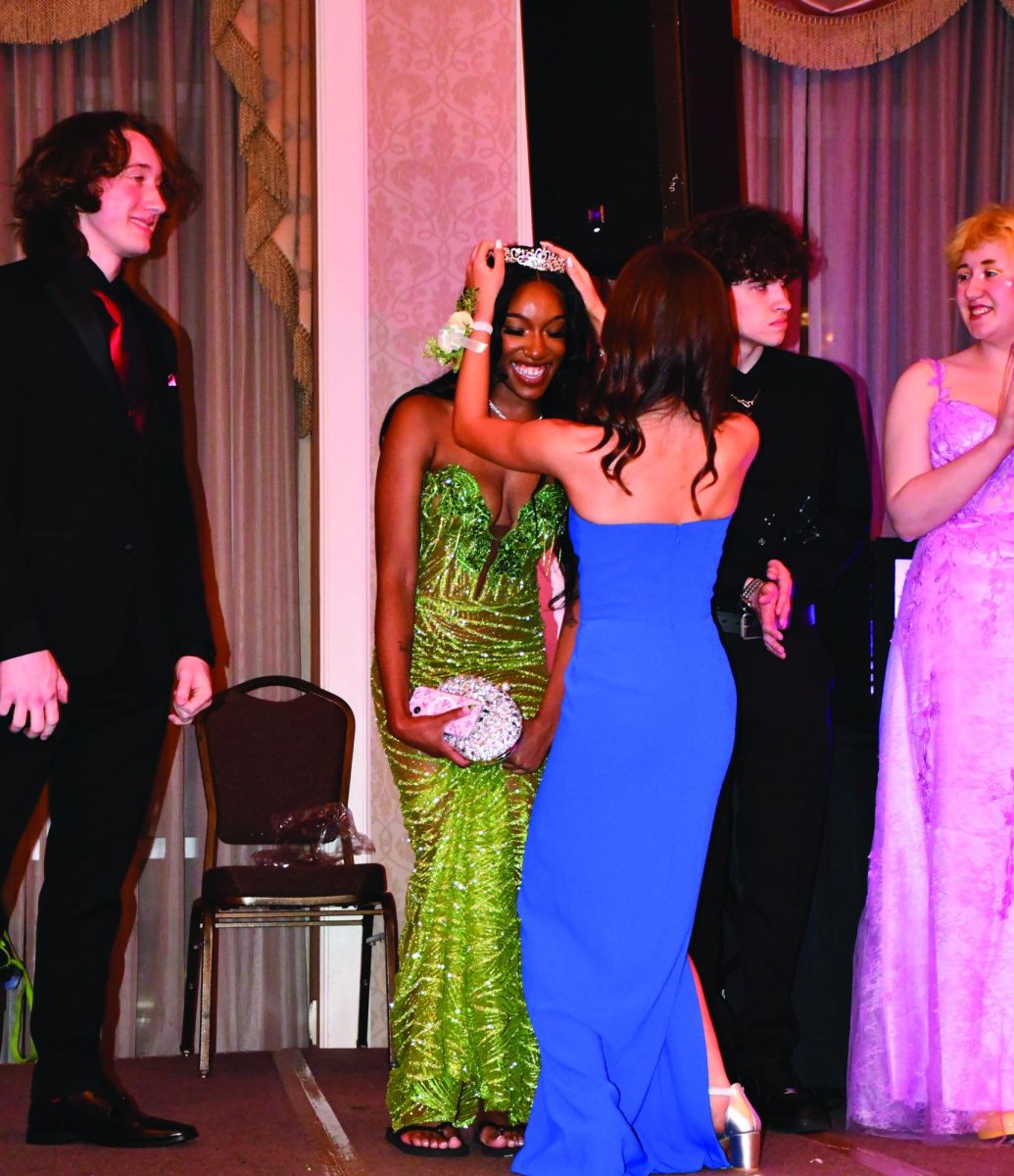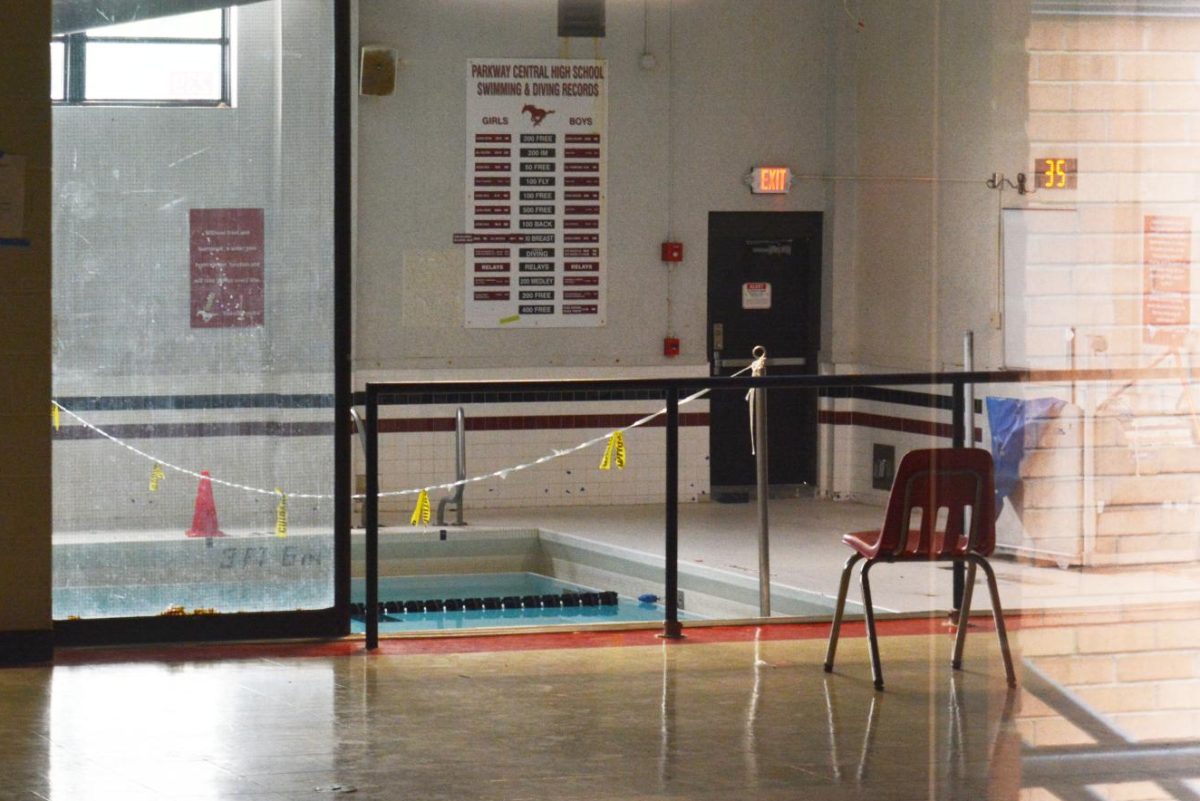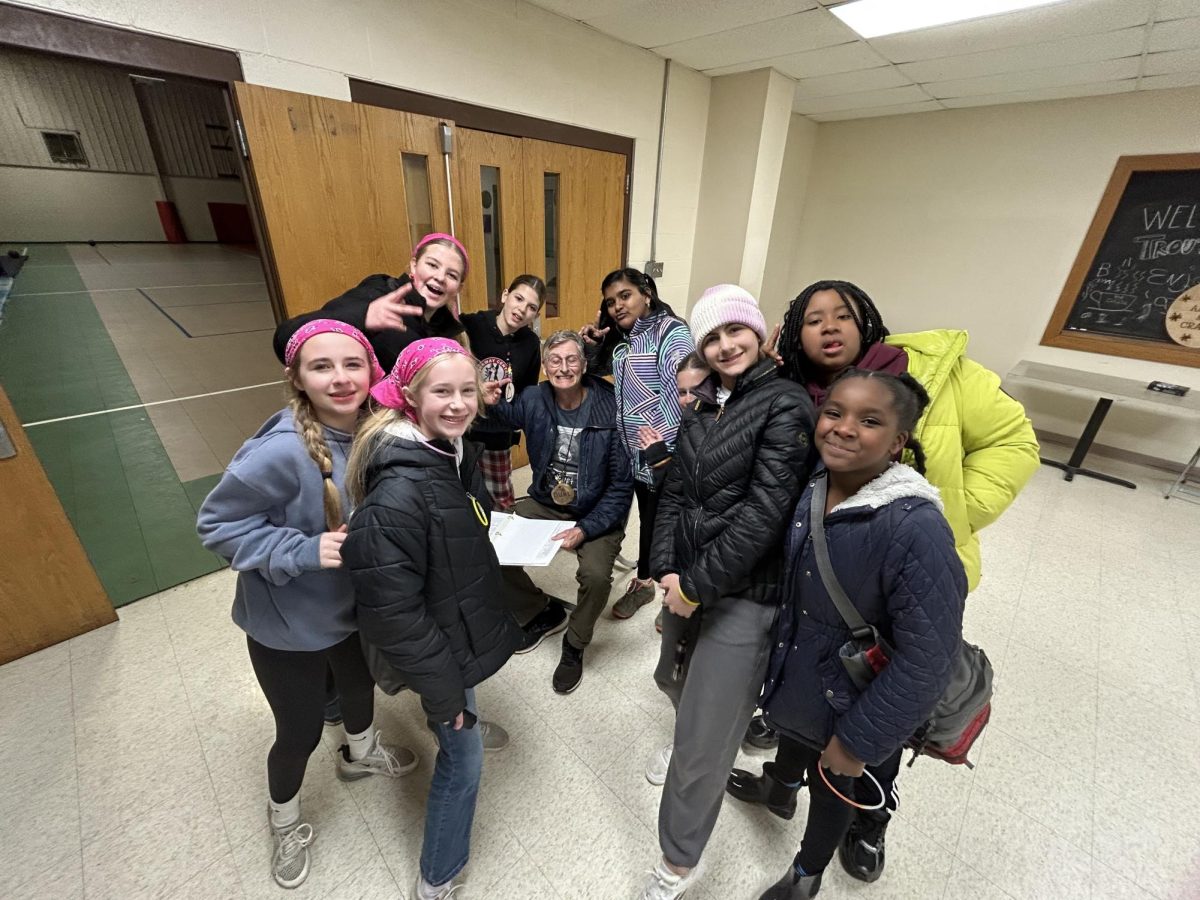
Although it sounds like a sweet treat you’d put in your midday drink, honeysuckle is causing lots of problems throughout the forest behind the school.
“The honeysuckle is a very invasive species. You can just see that it covers the entire bottom of the woods and it is just cutting out any potential for other natural plants to grow,” Mr. Ryan Banta said.
This unknown aggressive plant has started to show up frequently in the woods surrounding the school, and has caused many problems recently, partially due to its anonymity.
“Honeysuckle is one of those things that until you hear all the details of it, you can be totally unaware of it. Then, once you know it, it seems like it’s everywhere. You can’t get away from it,” Mr. Ken Greathouse said.
Greathouse is affected by the honeysuckle constantly, as he has troubles with it as a biology teacher and a cross country coach.
The hostile plant also affects both girls and boys sports as it attracts many spectators to the grounds of Central, and affects the ability of the coaches to help their athletes.
“The one thing that we do is we host a lot of events here for cross country, including the district and sectional championships, which draw a lot of people, and when you have that plant, it surrounds the entire woodland area. Coaches are often unable to see their athletes and further coach them,” Banta said.
The invasive plant is also strongly unwanted by those of the science department, most particularly by those involved with biology classes.
“In addition, it extremely limits the biodiversity of the forest we have at PCH. For biology class, our students need to see what a natural Missouri woodland looks like, and so what we’re trying to do is reclaim that woodland area, so that it’s more natural and in balance,” Banta said.
Banta has, in fact, taken a personal pledge to rid the forest of honeysuckle, and has even brought it into his life outside of school.
“A lot of my friends and family have heard me rant about this for quite a while actually, because the plant kills so many trees in our forest,” Banta explained.
But the honeysuckle is not a simple killer; it hails from a foreign land, and works to rid the forest of sturdy trees very quickly.
“There are two different types of honeysuckle in Missouri, the first is actually native, and that’s the honeysuckle vine. The honeysuckle vine is not nearly as invasive as the bush. The honeysuckle bush is actually from Asia, it’s not native from here, so it has no natural enemy to calm its effect, which is what makes it so destructive,” Banta said.
The honeysuckle is deadly on its own, but makes an even greater negative impact when it helps others to kill trees as well.
“One of the most harmful things the honeysuckle does is it creates ways for other things to kill trees also. It grows close to the tree, giving vines a way to climb up higher on the tree. Then the vines kill the tree. Between its own super competitive nature and giving vines way to climb up into the trees, honeysuckle does a lot of damage.
Roland Fanega, a member of the boys cross country team who was injured most of the season, talks about the recurring struggle of cleaning up the honeysuckle.
“The cross country team tries its hardest everyday to clean up the forest for the runners that go by everyday, yet there is still a lot left,” Fanega said.
Yet, those injured were not the only ones aware of the massive problem faced due to the largely present honeysuckle.
“One Saturday practice, the team gathered and worked together to clean up the honeysuckle that can get in the way of the runners. Being one of the few people in the injured reserved list, we were given the job(s) to cut down many plants and trees, one of which being the honeysuckles. This is all for the benefits of the runners,” Fanega explained.
While the current team has struggled with the plant this year, Greathouse and Banta have been working on taming the honeysuckle for years.
“We first started to project about three years ago, with this year being the first year of others joining us in trying to take down the honeysuckle,” Greathouse said. “While we have taken a fair amount down, there is still a ton left, as evident by the forest.”
Banta has an ultimate goal in mind, motivation for all the hard work and time now spent on the frustrating honeysuckle.
“Our ultimate goal is 20 years later when the kids now have their kids come back to high school, there won’t just be a lot of bushes, there will be a forest of strong, sturdy trees,” Banta said.






